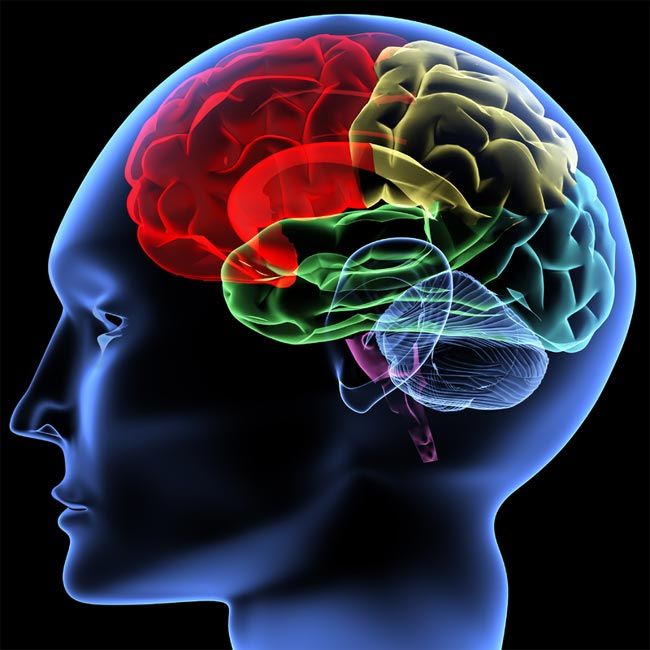Brain Cells in Lab Dish Keep Time

Brain cells don't need to be in your head in order to learn something, a new study suggests. The results show brain cells living in a lab dish can be taught to keep time.
The neurons, relocated from the outer layer of a rat brain to the inside of a lab dish, could fire for specific amounts of time depending on how they were trained.
The findings shed light on a puzzle scientists are still grappling with — exactly how the brain tells time. Much of what humans do in their everyday lives relies on the brain's ability to perceive and process short intervals of time. For instance, understanding speech requires that people recognizes pauses between words and intervals between syllables.
The researchers used an electrical current to stimulate networks of cultured brain cells, similar to giving the cells an electric shock. While these networks contained tens of thousands of neurons, they make up only a small fraction of the 100 million or so neurons present in a rat brain. (The human brain contains about 100 billion neurons.)
The cells were stimulated at specific time intervals, ranging from one-twentieth of a second (50 milliseconds) to half a second (500 milliseconds).
After two hours of cell shocking, the scientists tested to see how each cell responded to just a single electrical pulse. They saw the network activity — the way the neurons fire, and whether or not this firing spreads or propagates throughout the network — differed depending on the training interval.
In the networks that had been trained on the short intervals, say 50 ms, the activity lasted for about 50 ms before dying out. But in the networks trained at 500 ms, the activity lasted for longer, around 500 ms.
Sign up for the Live Science daily newsletter now
Get the world’s most fascinating discoveries delivered straight to your inbox.
"In a manner of speaking, those circuits could tell time in the range that they were stimulated with or trained with," said Dean Buonomano, professor of neurobiology and psychology at UCLA. "In other words if you needed to tell time, [to] tell 500 milliseconds, it would not really be possible to do that with the [brain] slices trained on 100 milliseconds, but it would be with brain slices trained with 500 milliseconds."
Scientists don't know whether this ability to tell time depends on a single part of the brain, a sort of centralized clock, or whether the function is more generalized, so networks of neurons throughout the brain are inherently capable of keeping time on their own without an orchestrator.
The results give weight to the latter hypothesis, since the segregated neurons could learn to keep time without tapping into a centralized brain area.
Ultimately, learning how the brain tells time will help us better understand how he brain works, which is important for figuring out what goes wrong when the brain has problems, Buonomano said.
"If we don’t understand how the brain works, we don't understand how to fix it," he said.
Interestingly, there are no known diseases in which a person's ability to keep time is completely lost, Buonomano said, although certain conditions, such as dyslexia, appear to have time-keeping deficits. This is in contrast to something like forming memories, where lesions in certain parts of the brain can prevent people from making long-term memories, he said.
This further supports the idea that timing keeping is generalized rather than centralized, he said.
The study was published June 13 in the journal Nature Neuroscience.

Rachael is a Live Science contributor, and was a former channel editor and senior writer for Live Science between 2010 and 2022. She has a master's degree in journalism from New York University's Science, Health and Environmental Reporting Program. She also holds a B.S. in molecular biology and an M.S. in biology from the University of California, San Diego. Her work has appeared in Scienceline, The Washington Post and Scientific American.











